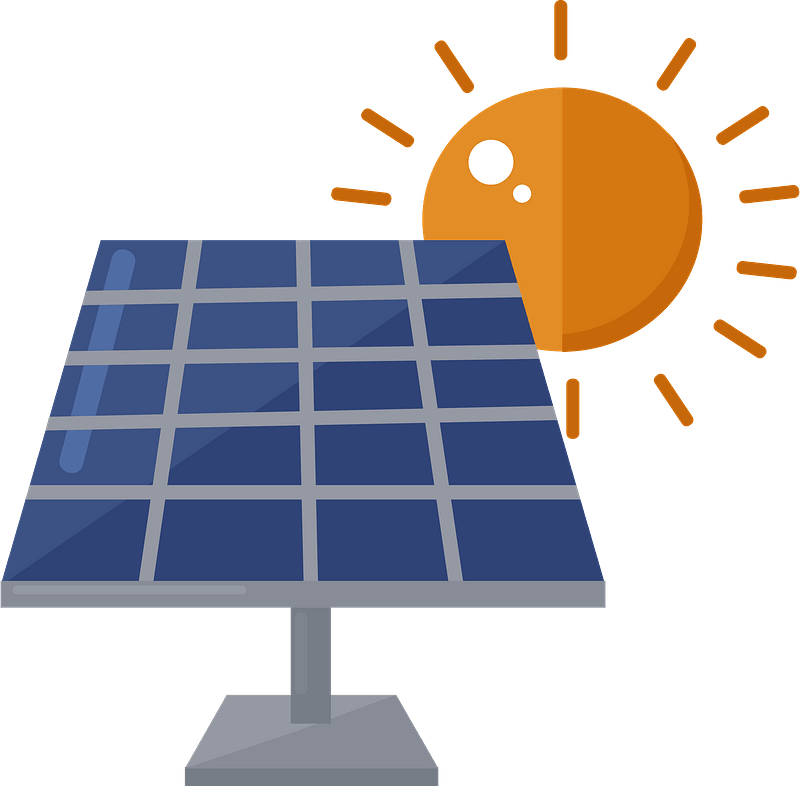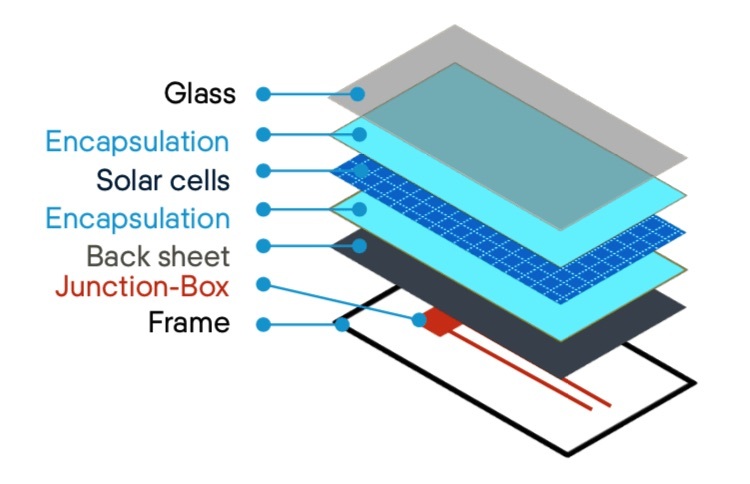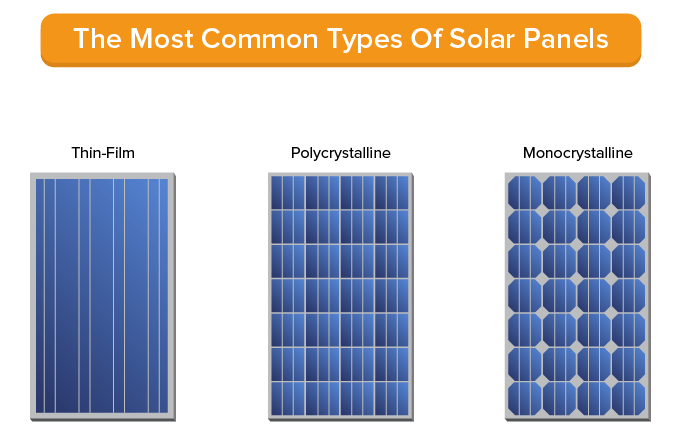TECHNOLOGY
Solar Panels are like the engine of the solar power plant. They take in the fuel, which is sunlight, and convert it into energy. Without these panels, there is no way of converting the energy of the sun into usable energy. Solar panels are the most crucial component of a solar energy system.

Solar Cell
These are the basic building blocks of a solar panel. A panel is a combination of thousands of these cells in connection.The cells are components that convert sunlight into usable DC current. The efficiency is determined by size of the cell and the type of the silicon used to manufacture them are usually wafer thin, around 0.1 mm thick.
Solar Glass
The solar glass protects the solar cells from harsh ,extreme weather and mechanical stresses. They form the outermost layer of a solar panel and are made of high strength tempered glass of 3mm-4mm thickness. In severe accidents, it is much safer than standard glass as it shatters into tiny fragments rather than sharp jagged sections.
To improve efficiency, high transmissive glass having a very low iron content and an anti-reflective coating on the rear side to reduce losses and improve light transmission, is used.
EVA
EVA stands for Ethylene Vinyl Acetate. It is a specially designed, highly transparent plastic that is used to encapsulate the cells together . They are manufactured to be durable and tolerant to protect from extreme temperature and humidity.

Back Sheet
The backsheet is the rear most layer of common solar panels which acts as a moisture barrier and final external skin to provide both mechanical protection and electrical insulation.
Aluminium Frame
The aluminium frame plays a critical role by both protecting the edge of the laminate section housing the cells and providing a solid structure to mount the solar panel in position.It is recommended to use a frame made of strong but lightweight material. It should be stiff and able to withstand extreme conditions like high wind and external forces.
Junction Box
The junction box is a small weatherproof enclosure located on the rear side of the panel. It's function is to securely attach the cables required to interconnect the panel s .It is the central point where cables interconnect with the panels.
Interconnector
Interconnectors help solar pane ls connect with on e another. These should be extremely weather-resistant and should enable secure connections. Almost all sol ar panels are connected together using special weather-ressistant plugs and sockets called MC4 connectors. The term MC4 stands for multi-contact 4mm diameter connector.

There are three main types of solar panels:
•Monocrystalline Solar Panels
Monocrystalline panels have a uniform crystal structure across the entire panel, and can be made from a variety of materials such as amarphous silicon, gallium arsenide, germanium, cadmium telluride, copper indium gallium selenide and organic polymers.
•Polycrystalline Solar Panels
Polycrystalline silicon solar panels have a unique speckled blue color that varies in shade with different areas of the panel. The silicon used in these panels is not homogenous; which means that the crystal structure can be different in various areas of the panel. As a result, polycrystalline solar panels are less efficient than monocrystalline solar panels.
•Amorphous Thin-Film Solar Panels
Thin-film solar panels are less effecient than monocrystalline or polycrystalline solar panels and have a shorter lifetime. However, their costs are much lower due to the simple manufacturing methods in comparison with crystalline solar panels. Thin-film solar panels can also be made flexible, whereas crystalline solar panels are much more brittle and will crack if they are bent.